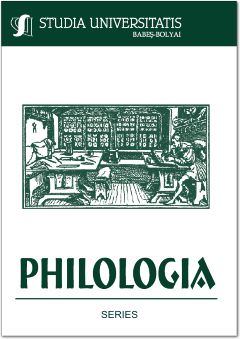SPECULUM SPECULORUM: KINGSHIP AND SELFHOOD IN SHAKESPEARE’S KING RICHARD II
SPECULUM SPECULORUM: KINGSHIP AND SELFHOOD IN SHAKESPEARE’S KING RICHARD II
Author(s): Georgiana NicoarăSubject(s): British Literature
Published by: Studia Universitatis Babes-Bolyai
Keywords: mirror; kingship; selfhood; crown; deposition; Richard II;
Summary/Abstract: Speculum Speculorum: Kingship and Selfhood in Shakespeare’s King Richard II. Starting from the premise that the concept of the King’s Two Bodies generates the separation between two selves within the nature of a king, I argue that the medieval practice of the speculum principis – the mirror of the perfect prince – plays an important part in the process of fashioning the kingly stance. Given that, in the Christian tradition, the mirror stands on the polarized ground between resemblance to the divine and self-idolatry, the reflection of the self is always deceitful. Two Shakespearean plays will serve for the analysis of the link between mirrors and kings: Richard II and Richard III. In Richard II, Shakespeare creates a climactic scene in which, after having relinquished his crown to Bolingbroke, the newly deposed king demands a looking-glass to identify the remaining aspects of his former self. The article reads the reversal of the sanctified ceremonial coronation, the substitution of investiture by divestiture as a demonic rite of reciting Scripture passages backwards. This act activates the most dramatic effects, transforming Richard’s looking-glass into what Ernst Kantorowicz famously calls a “magic-mirror.” The ambivalence of the mirror is manipulated by Shakespeare in order to unveil Richard’s two-fold persona. The dissolution of kingship leaves behind a fragmented selfhood that can no longer ensure Richard’s survival, reducing him to nothing.
Journal: Studia Universitatis Babes-Bolyai - Philologia
- Issue Year: 66/2021
- Issue No: 2
- Page Range: 111-126
- Page Count: 16
- Language: English

